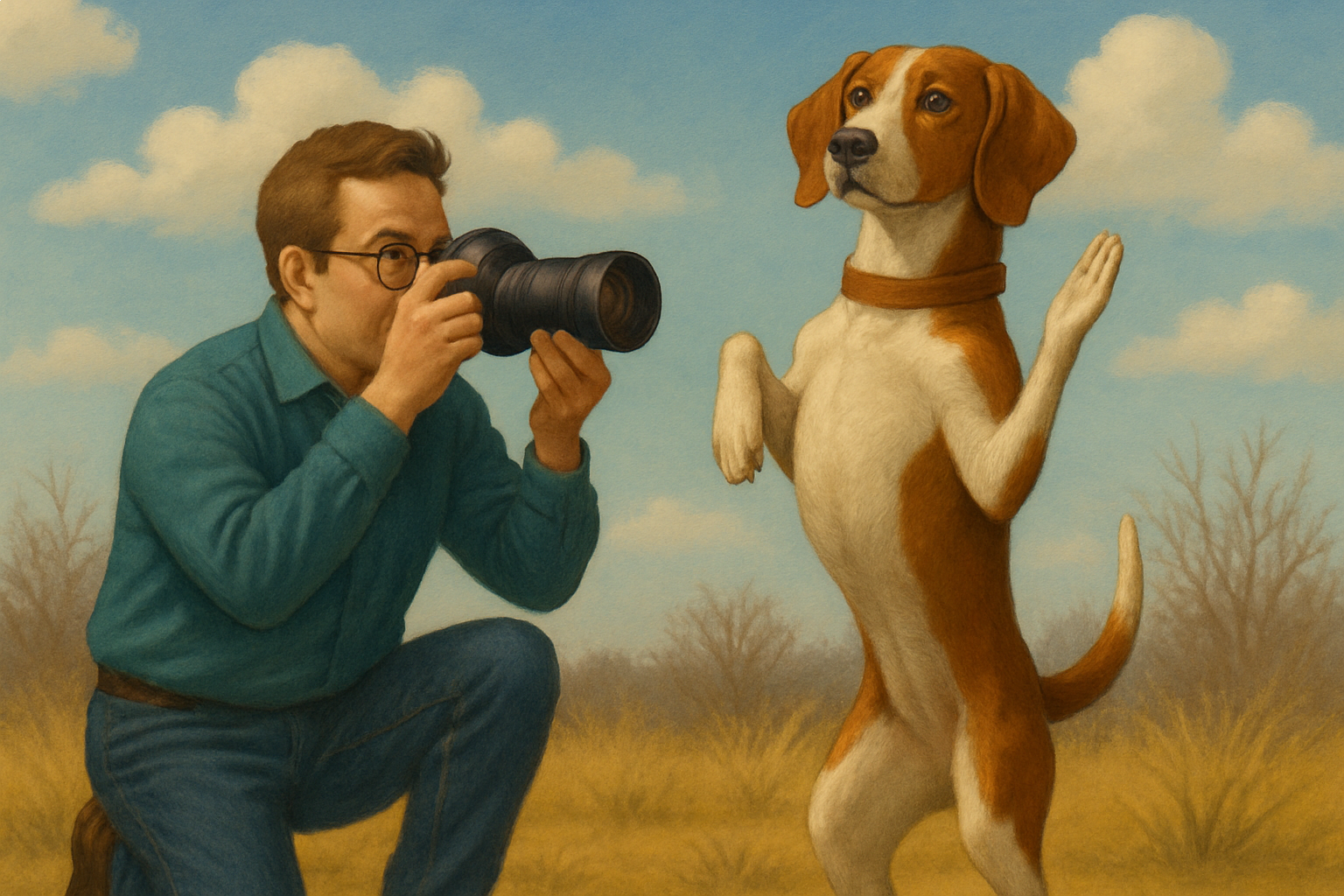Weekly Website Wednesday – Week #8

This week I want to talk about the pictures you share on your kennel websites. Our modern-day cell phones take enormously detailed, beautiful photos. Take for example, an iPhone 16 Pro, which can take pictures at 48 megapixels … that’s 48 MILLION individual pixels. All those pixels sure do make for a pretty photo, but they come at a cost and that’s in the size of the file. One native iPhone photo can be 40, 50, even 60 megabytes in size. When you upload something that big to your kennel website, you’re forcing a visitor to have to download that huge file. If you’re adding multiply images to one page, you’re just compounding the issue. This slows down your site and frustrates anyone visiting your site … and even worse, it eats into your visitor’s data plan, potentially costing them money or reducing their bandwidth until their next billing cycle.
This practice is frowned upon by the major search engines. In fact, they will penalize your website if you’re not optimizing the size of your photos. One major factor in your search rankings will be based on the speed of your website and the amount of data that you’re transferring to your visitor’s device. Sites that are large, flashy, and slow, that aren’t friendly to mobile phones and data plans, may not even be listed in the search results for someone searching on their cell phone. You might say, ‘I have broadband internet and it’s super-fast’, but your speed is relative to you and not your visitors; not everyone is on super high-speed internet, and nearly all your traffic will be generated from people on phones. Phones have data plans, and even with unlimited data plans, once you reach a certain amount of transferred data, your carrier will reduce your speed. I personally love to see gorgeous, super detailed, nicely composed photos of hunting dogs, but you need to try to find a balance between the photos detail and the file size.
Have you ever noticed that when you try to email or text a photo from your phone, it’ll prompt you for which size photo you want to send: Large, Medium, Small, or Original size? This is your phone trying to reduce the size of the file to prevent you from sending a file that is too large for someone to receive. Any photo you want to upload to your website should be reduced in size and optimized beforehand. NetKennel website will automatically reduce the size of your uploaded photos to a more search engine-friendly size and format… however, this automated function will never be as good as reducing the file on your device before uploading it. One simple trick for reducing the size of your photos, if you don’t have photo editing software, is to just take a screenshot with your phone, then crop the screenshot to remove your phone’s interface from the photo.
Another more advanced tip: if you’re doing your own kennel website, try to use a modern image format like WebP. It doesn’t hurt that WebP is a format developed and maintained by Google, WebP files can be roughly three-quarters of the size of JPEG or PNG files. On Gundog Central, I try to convert all uploaded files to WebP, but serve JPEG images as a failback. Another modern format to consider is AVIF or AV1 Image Format, which offers superior compression compared to JPEG. I currently use AVIF images on Gun Dog Chat, while also serving JPEG images as a failback.
One last topic: if you’re sending photos to someone who’s working on your kennel website, please don’t send them cropped, edited, or zoomed-in photos. Try to send the original photos, if you have them. Often, your cropped photos are never the same dimensions, breaking any page layout with their random sizes. Zoomed-in photos are often bitmapped, blurry, and lack detail. I get so many cropped photos from people where they zoomed into their dog because the picture was taken from too far away that the dog looks like it’s made of blocks; these just don’t make very appealing photos on the internet.





